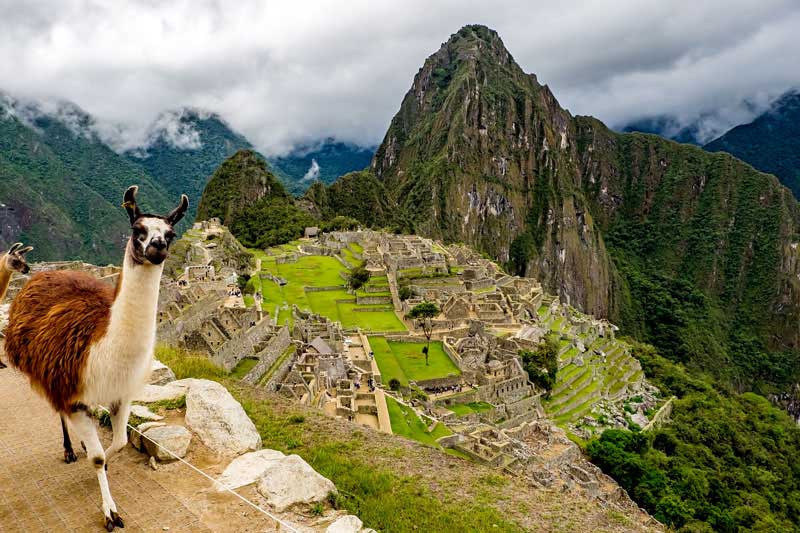Travel to Peru: 7 travel tips
When thinking about traveling to Peru, many people come to visit the sacred city of Machu Picchu or the Nazca lines, but the country has many other charms to offer. If you are going to organize a trip to Peru there are things that you should take into account when planning it. That's why today we give you 7 tips or previous considerations to make your trip perfect.

- Visa
Peru is a country of free access for Spanish or British tourists (and many other nationalities), therefore a visa is not necessary for tourism and the maximum stay is 183 days. To enter the country it is necessary that the Passport has a minimum validity of six months. So if your Passport expires before six months from the date of your trip, remember to renew it to avoid any problems.
- Vaccines
At present the sanitary and hygienic conditions of the country have been modernized and there are no mandatory vaccines to enter. However, there are some recommended vaccines, especially for travellers who will visit the Amazonian areas, such as yellow fever, hepatitis A and B, and typhoid fever. In addition, there are also medicines to prevent malaria, dengue and Zika virus.
Mosquitoes are the transmitters of many of these diseases. So keep in mind bring an effective repellent.
What you can do is going to your nearest International Vaccination Centre (link for Spain) and there you can check everything you need. They will provide you all the information you need based on the route of your trip.
- Travel insurance
It is advisable to have travel insurance whenever you are leaving Spain. There are many companies with travel insurances that cover cancellation, loss of luggage, illness, hospital admissions, accidents,… Prices are usually not very high and it is worth paying to be protected against possible unforeseen events.
- Traveller registration
In the Spanish Ministry of Foreign Affairs, there is a register of travellers for tourists traveling outside the country. In this register the travellers are registered, the dates and the place of stay as well as the contact data in the country. In this way, the Ministry can contact you in case of emergency.
- Altitude sickness
Altitude sickness is a disorder that you can manifest, to a greater or lesser extent, from 2,400 meters above sea level. In some of the most tourist areas of Peru this altitude is exceeded, so it is important to know what it is and how to cope.
The symptoms of altitude sickness are fatigue, exhaustion, headache, nausea, vomiting,… To reduce it, it is best to acclimate and not make efforts during the first days. Also, you should avoid copious or very heavy meals, alcoholic beverages and you must maintain a good hydration.
- Currency and payments
The official currency of Peru is the Peruvian Sol. In many tourist places it is also possible to pay with US Dollars, but it is always advisable to take local currency because when paying with another currency it is possible to pay a higher price. In Eurochange you can buy Peruvian Soles and thus have some cash to pay the expenses that arise during the trip. In cities and many tourist sites you can pay with a card or withdraw cash from the ATM, but keep in mind that the prices and commissions they apply can be very high.
- Plan the itinerary
Peru is a large country and has many different things to see: the northern zone and the Amazon basin, the coast with its desert landscape or the mountains with their vestiges of the Inca civilization. There is a lot to see, so we recommend that you choose the places you are going to visit well and that you decide the route in advance to make the most of your stay. Of course, keep in mind that in Peru the pace of life is not as busy as in other countries and it may be the perfect opportunity not to cram the trip, disconnect and enjoy the country.
We hope these tips will help you to organize your trip and enjoy your trip!


